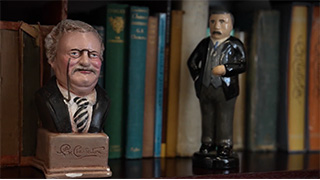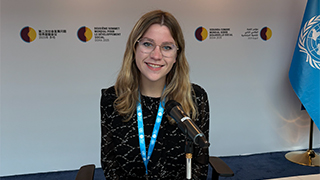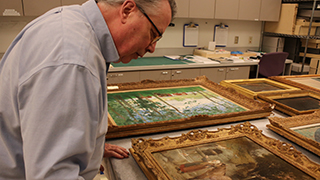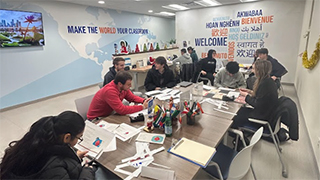University Scientists Partnering with University of Antwerp Develop New Technology and Weapon in the Fight Against Antibiotic Resistance - Seton Hall University
Thursday, October 5, 2017
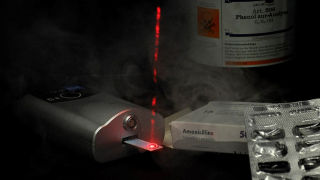

Sensors have many applications, including the detection of antibiotics in waste water. A joint team of scientists from Seton Hall University in the United States and University of Antwerp in Belgium has developed a high-tech sensor that is robust and highly sensitive, yet easy to use in the field.
The problem of 'anti-microbial resistance' is a continuous concern due to the presence of antibiotics in waste water generated, for example, by agricultural work or hospital waste materials. The detection of trace amounts of antibiotics remains a challenge with numerous industries calling for new and easier ways to use sensors.
An international scientific partnership led by Professor Karolien De Wael of the University of Antwerp, Belgium, and Professor Sergiu M. Gorun of Seton Hall University just uncovered an elegant solution: the combination of light from a laser pointer and an engineered sensor strip measuring approximately one inch. This sensor detects nano-level concentrations of selected antibiotics.
"The key to this success is a bioinspired, heavily fluorinated enzyme model that replaces the enzyme and uses air, not non-renewable hydrogen peroxide like the enzyme, in addition to light to produce reactive oxygen species that enable the detection," explained Professor Gorun, director of Seton Hall's Center for Functional Materials and professor in the Department of Chemistry and Biochemistry.

Additional applications are envisioned, for example to screen molecules present in low level concentrations such as biomarkers of many diseases.
The work in the United States has been supported by the National Science Foundation.
To learn more about the research published in the journal Nature Communications, click here.


